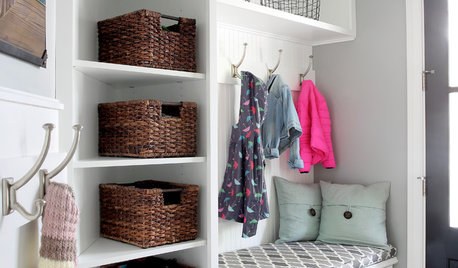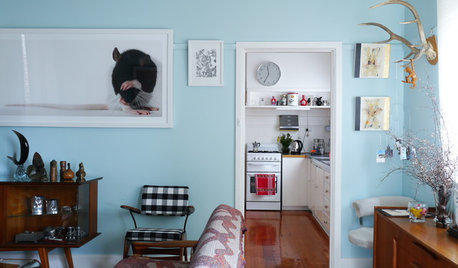help to start a garden
natalija_gardener
14 years ago
Related Stories

MOST POPULARHow to Start a Cool-Season Vegetable Garden
Late summer and late winter are good times to plan and plant cool-season crops like salad greens, spinach, beets, carrots and peas
Full Story
GARDENING AND LANDSCAPINGCitrus 101: Start Your Own Backyard Orchard
This Earth Day Weekend, Add Some Green, Style and Deliciousness to Your Landscape
Full Story
GARDENING GUIDES10 Tips to Start a Garden — Can-Do Ideas for Beginners
Green up your landscape even if you're short on time, money and knowledge, with these manageable steps for first-time gardeners
Full Story
GARDENING GUIDESSeeds or Seedlings? How to Get Your Garden Started
Growing delicious herbs and vegetables starts with knowing your goals and when you want to plant
Full Story
GARDENING GUIDES6 Steps to Get a Garden Off to a Glowing Start
Grow a lush, balanced garden from an empty patch of yard or neglected landscape spot with these easy-to-follow guidelines
Full Story
GARDENING GUIDESGet a Head Start on Planning Your Garden Even if It’s Snowing
Reviewing what you grew last year now will pay off when it’s time to head outside
Full Story
GARDENING GUIDESHow to Stop Worrying and Start Loving Clay Soil
Clay has many more benefits than you might imagine
Full Story
FARM YOUR YARD6 Things to Know Before You Start Growing Your Own Food
It takes time and practice, but growing edibles in the suburbs or city is possible with smart prep and patience
Full Story
MOST POPULAROrganized From the Start: 8 Smart Systems for Your New House
Establishing order at the outset will help prevent clutter from getting its foot in the door
Full Story
VINTAGE STYLEMy Houzz: A Fresh Start in a Welcoming 1950s Home
Family and friends help a Melbourne homeowner create a comfortable space that beautifully reflects her personality
Full StoryMore Discussions









natalija_gardenerOriginal Author
George Three LLC
Related Professionals
Anderson Landscape Contractors · Mooresville Landscape Contractors · Pottstown Landscape Contractors · Aloha Landscape Contractors · Boca Raton Landscape Contractors · Damascus Landscape Contractors · Gurnee Landscape Contractors · Old Saybrook Landscape Contractors · Saint George Landscape Contractors · New Carrollton Landscape Contractors · Eastlake Landscape Contractors · Lake Forest Fence Contractors · Libertyville Fence Contractors · North Potomac Fence Contractors · Tallahassee Fence Contractorshemnancy
Embothrium
natalija_gardenerOriginal Author
oliveoyl3
bestpolicygirl